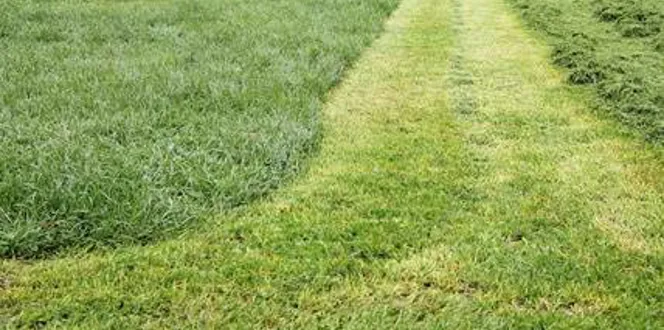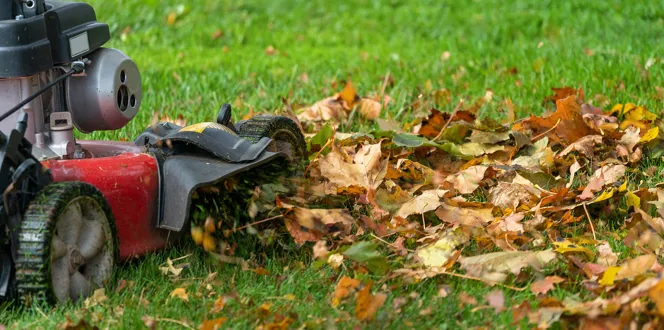We all know trees change throughout the year, but did you know lawns are also meant to change with the seasons?
Yep, as spring, summer, fall, and winter go ‘round, lawns need a slight change in height to stay their healthiest.
Below, read through the best height to mow your lawn based on the time of year and the type of grass you have.
The ideal height to mow the lawn each season (spring, summer, fall)
Adjusting your lawn’s height by, say, an inch or so may not sound like much. But it actually makes a real difference for the health of your lawn.
How grass type affects mowing height
Before getting into ideal mowing heights, let’s take a quick detour to talk about types of grass. Different grass types have different needs, so you’ll want to make sure you’re catering to your unique type when you mow.
Cool season grasses, including types like Kentucky bluegrass, tall fescue, perennial ryegrass or creeping bentgrass, are found in colder climates. So if you live in the Northeast, Midwest or Pacific Northwest region of the U.S., your grass falls into this category.
In the warmer Southern and Southwestern areas of the U.S., warm season grasses are the norm. Some common types are bermudagrass, centipedegrass and zoysiagrass.
How short to cut grass in spring
A shorter spring cut rids your lawn of any winter-burned strands and preps it for a fresh growing season. Mow cool season grasses to a height of 3+ inches, and cut warm season grasses as low as half an inch and up to 1.5 inches.
What height should grass be cut in the summer?
Just like the temperature, lawn height goes up in summer. With taller strands of grass to cover it, the lawn’s soil is shaded, which helps prevent pesky weeds like crabgrass and protects the lawn’s roots from the harsh heat.
Mow your cool season grass to 3 or 3.5 inches in summer, or up to 4 inches for tall fescue and perennial ryegrass. Warm season grasses should round out at about 2 to 2.5 inches.
The best height to cut grass in the fall
Inching into fall, mid-length grass is the preference. In winter, tall grass can get matted and become diseased. But when cut too short, lawn roots can be exposed to damagingly cold temperatures. Focus on striking the right balance in fall so your lawn’s ready for winter.
Shorten your cool season grass to about 2.5 inches before the first frost in winter. Mow warm-season grasses to 1.5 or 2 inches in fall.





